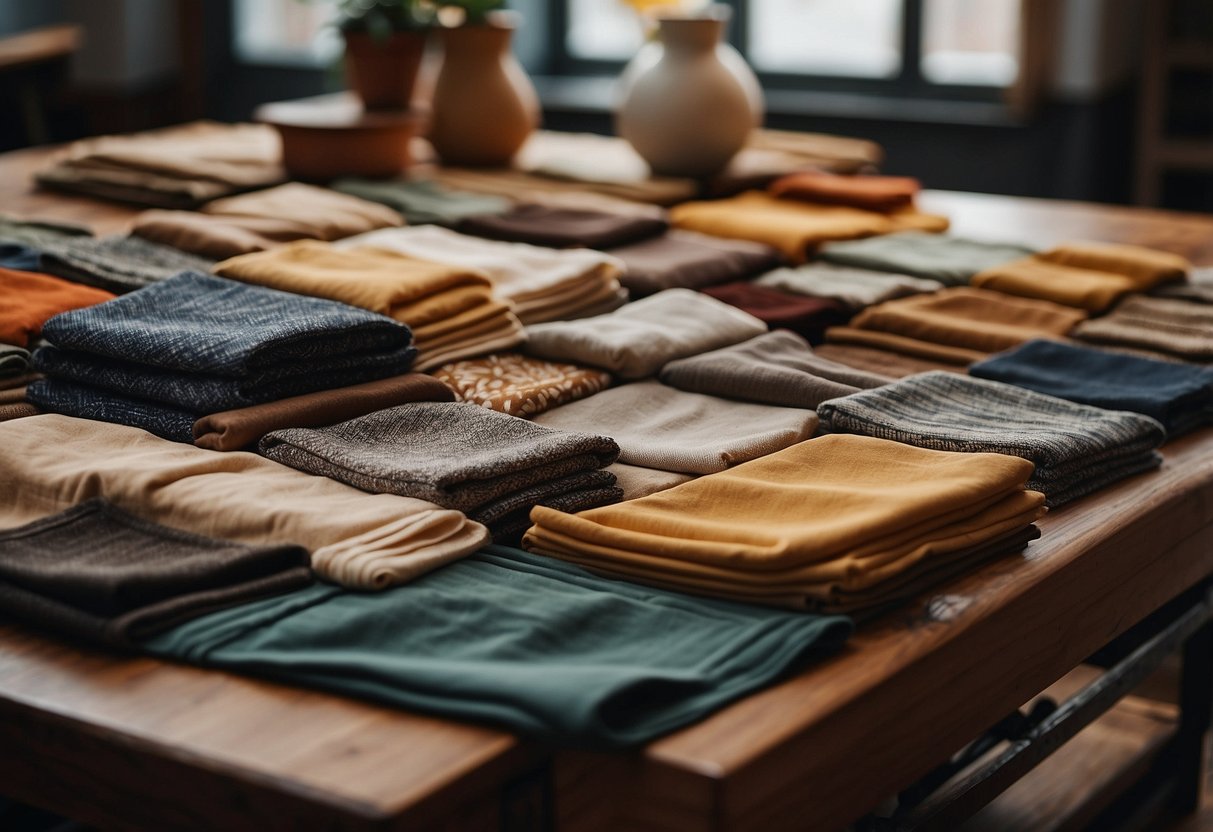
Transitional weather often poses a unique challenge when it comes to dressing stylishly and comfortably. As temperatures fluctuate, mastering the art of layering becomes essential. Layering not only adds dimension to your outfit but also provides adjustable warmth, ensuring comfort throughout the day.
Selecting the right pieces can make all the difference. Lightweight fabrics like cotton and linen can serve as base layers, while mid-layers made of wool or cashmere offer additional warmth without bulk. Outer layers, such as jackets or coats, complete the look.
Styling wisely ensures that each layer complements the others, creating a cohesive and polished ensemble. This approach allows for easy adjustments as needed, keeping you prepared for any unexpected weather changes.
Understanding Layering

Layering in transitional weather combines adaptability and comfort by using several clothing layers to adjust to fluctuating temperatures. This technique ensures that each layer works in harmony to provide optimal warmth and flexibility.
The Concept of Layering
The concept of layering revolves around adding and removing clothing layers to maintain comfort as weather conditions change. Typically, this involves three primary layers: the base layer, insulating layer, and outer layer.
The base layer is essential for moisture management. It wicks away sweat to keep the skin dry. Common materials for base layers include merino wool and synthetic fabrics.
Next, the insulating layer’s role is to retain body heat. Fleece and down are popular choices that trap air and provide warmth without adding bulk.
Lastly, the outer layer protects against wind, rain, and snow. This layer is often made of waterproof or water-resistant materials, like Gore-Tex, to shield against the elements.
Significance in Transitional Weather
Transitional weather, such as spring and fall, often brings unpredictable temperatures and conditions. Layering becomes especially useful during these seasons because it allows individuals to stay comfortable despite the fluctuating environment.
Morning chills can be combated with additional insulating layers, which can be removed as temperatures rise during the day. This flexibility minimizes the need to carry around extra clothing or risk being improperly dressed.
Additionally, layering allows for a more tailored approach to attire, ensuring that each piece serves a specific function. This practicality not only enhances comfort but also supports a more streamlined wardrobe, making it easier to navigate the complexities of variable weather conditions.
Selecting the Right Fabrics

Choosing the right fabrics for layered clothing in transitional weather is crucial for achieving both comfort and practicality. Key considerations include the properties of base layers and how mid-layer and outer materials contribute to overall performance.
Base Layer Fabrics
For the base layer, selecting fabrics that wick moisture away from the skin is essential. Wool, specifically Merino wool, is highly recommended as it is breathable and provides warmth without overheating. Cotton, though comfortable, is less effective here because it absorbs moisture, which can lead to dampness and discomfort.
Silk is another option, offering a soft and lightweight texture. Synthetic materials like polyester and nylon are excellent choices due to their moisture-wicking capabilities and quick-drying properties. It’s vital to avoid heavy or non-breathable fabrics for this layer to maintain comfort throughout the day.
Mid-Layer and Outer Layer Materials
Mid-layers are responsible for insulation, trapping heat close to the body. Fleece is a popular choice, providing substantial warmth without being too bulky. Wool is also suitable for this layer, offering natural insulation and breathability. Synthetic blends can be used too, particularly for activities requiring flexibility and movement.
Outer layers should be wind-resistant and water-repellent to protect against the elements. Materials like Gore-Tex and other breathable, waterproof fabrics are ideal. They provide a barrier against wind and rain while allowing moisture from the inner layers to escape. Cotton should generally be avoided for outer layers as it can become heavy and lose insulating properties when wet.
Choosing the right combination of these fabrics ensures effective layering that adapts to changing weather conditions, keeping the wearer comfortable and protected.



